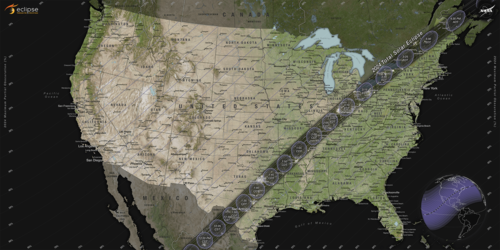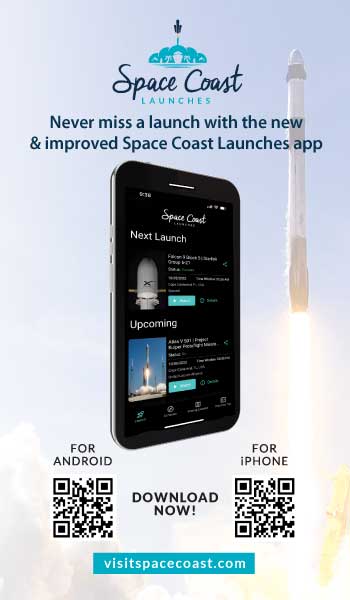
Are You Prepared for the Upcoming Solar Eclipse?

On April 8, a total solar eclipse will be visible in much of the United States, and it will be visible in our area of Florida. We will be able to see up to 70% of the sun covered by the moon sometime between 1:30 p.m. and 4 p.m. There is a danger, however, and it is looking at the sun/moon during this entire this time if you do not have on protective eyewear specifically for this type of UV light. The UV intensity during an eclipse can do permanent damage to the retina of our eyes, resulting in vision loss. Regular sun glasses, no matter how dark or how they are made, will not protect your eyes. The American Astronomical Society has a full list of manufacturers, importers, and distributors that sell proper protection for eclipse glasses or goggles to keep your eyes, and your children's eyes, safe. Important: they do not recommend searching for eclipse glasses on Amazon, eBay, Temu, or any other online marketplace and buying from whichever vendor offers the lowest price. Before you buy a solar viewer or filter online, we recommend that you make sure that the seller is identified on The American Astronomical Society site HERE.
Once you have your approved eclipse glasses, NASA is inviting the public to participate with in-person events, opportunities to do NASA science, and multiple ways to watch online.
NASA will host live coverage of the eclipse starting at 1 p.m. EDT. The agency’s eclipse coverage will include live views of the eclipse from across North America, special appearances by NASA experts, astronauts aboard the space station, and an inside look at NASA’s eclipse science experiments, and watch parties across the country. NASA’s broadcast will last three hours, and features live locations from across the nation including the agency’s only center in the path of totality, NASA’s Glenn Research Center in Ohio, as well as:
- Carbondale, Illinois
- Dallas
- Houlton, Maine
- Indianapolis
- Kerrville, Texas
- Niagara Falls, New York
- Russellville, Arkansas
The NASA broadcast will stream on NASA+, air on NASA TV, and the agency’s website. Learn how to stream NASA TV through a variety of platforms including social media and the agency’s app.
NASA also will host a watch party of the eclipse in Spanish starting at 1:30 p.m. on YouTube.
NASA will provide a no-commentary, telescope-only feed of the eclipse on NASA Television’s media channel and YouTube, starting at 1 p.m. and running for three hours. The telescope feed will incorporate views from multiple locations, and will be switched based on weather, the eclipse’s progress, and feed availability. Locations may include:
- Carbondale, Illinois
- Cleveland
- Dallas
- Houlton, Maine
- Indianapolis
- Junction, Texas
- Kerrville, Texas
- Mazatlán, Mexico
- Niagara Falls, New York
- Russellville, Arkansas
- Torreón, Mexico
- Tupper Lake, New York
NASA’s Wallops Flight Facility in Virginia will provide a commentated livestream of three sounding rocket launches for the Atmospheric Perturbations around Eclipse Path mission. The livestream will begin at 2:30 p.m. on NASA Wallops’ YouTube channel and conclude after the last of the three sounding rocket launches.
NASA’s interactive Eclipse Explorer Map will allow users to track the total solar eclipse in real time on April 8 as it moves across North America. Use the tool ahead of time to search by zip code or city for eclipse timing, get real-time weather updates, percent of eclipse coverage, and even a corona prediction for locations in the path of totality.
Bookmark & Share
User Comments
Be the first to comment on this post below!
Previous Article
Next Article
Most Popular Articles
- DUI Checkpoint to Run This Weekend on Dunlawton
- Some City Residents Advised to Boil Water Through Wednesday
- Detectives Believe Body Found in Daytona is that of Murder Suspect
- Mosquito-Borne Illnesses Increase in Volusia County
- Port Orange Woman Wins $750,000 On Scratch Off
- Police Seeking Person of Interest in Port Orange Death
- Port Orange Fire Department Deploys to Florida Panhandle
- Just Us Girls Event to Feature Charity Auction for Murder Victim?s Family













